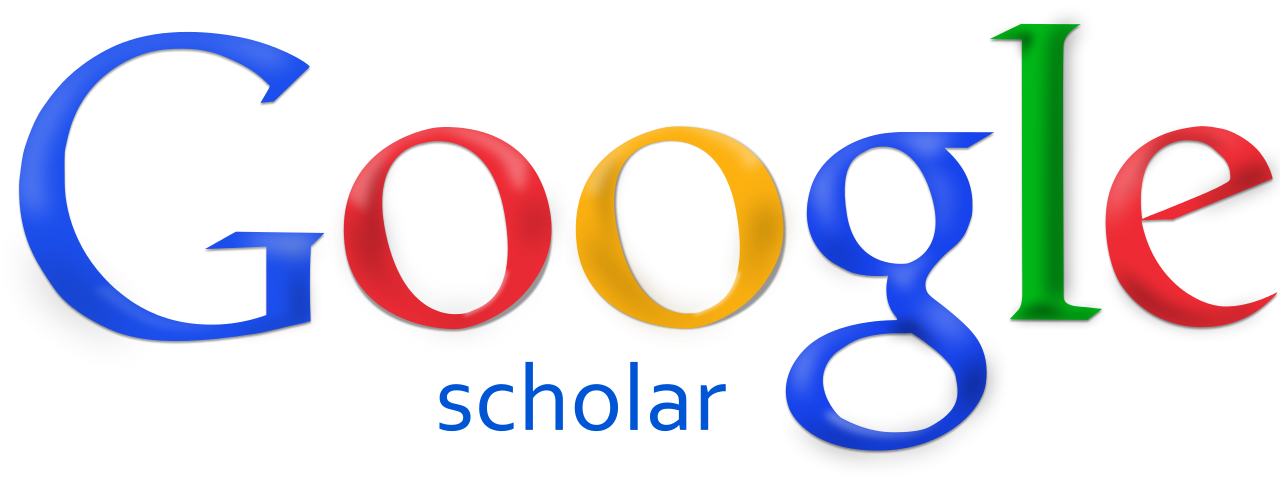Clinical Characteristics and Outcomes of De novo versus Acute Decompensated Heart Failure: Are they similar?
DOI:
https://doi.org/10.51200/bjms.vi1.5035Keywords:
acute heart failure, de novo heart failure, acute decompensated heart failure, outcome, clinical characteristicsAbstract
Acute heart failure (AHF), including de novo AHF (DNAHF) or acute decompensated of chronic HF (ADHF), is one of the leading causes of hospitalization in Malaysia. However, little is known about t h e differences between DNAHF and ADHF. This study aimed to describe and compare the clinical characteristics and outcomes between DNAHF and ADHF. This was a cross-sectional, observation study of all AHF hospitalization in the Cardiology department, Hospital Queen Elizabeth II (HQEII), throughout 2022. Clinical characteristics and outcomes between patients with DNAHF and ADHF were compared using chi-square and Mann Whitney test. There were 496 AHF hospitalizations recorded for 416 patients in the year 2022. There were no statistical differences in gender, mean age or number of patients with hypertension, diabetes and dyslipidemia among patients with DNAHF and ADHF. Of the 496 AHF admissions, 56.5% (n= 280) were due to ADHF, which was contributed by 214 patients. Non-compliance to a fluid restriction (42.2%), medication (12.9%), and arrhythmia (12.6%) were the triggers for ADHF where the majority presented with failure symptoms. Conversely, the main cause of DNAHF (202 patients) was acute coronary syndrome (48%) where patients mostly presented with chest pain. It is noted that ADHF patients tended to have a longer median duration of symptoms before hospitalization (7 days) compared to DNAHF (3 days). The median length of stay for ADHF hospitalization was significantly shorter than DNAHF (3 days versus 4.5 days, p<0.05). In terms of outcome, DNAHF patients had a lower re-hospitalization rate (3%) compared to ADHF patients (31%) in the year. In-hospital mortality was similar (ADHF 7.1% versus DNAHF 7.9%, p>0.05). As for discharge medications, utilization of renin-angiotensin system blockers and antiplatelet(s) was lower in ADHF patients. Our study has revealed diverse clinical characteristics and outcomes between DNAHF and ADHF hospitalization in HQEII. These findings highlighted the need for individualized treatment strategies for better patient care.
Downloads
Published
How to Cite
Issue
Section
License
All articles are published under the Creative Commons Attribution-NonCommercial (CC BY-NC 4.0) license, enabling users to read, download, copy, distribute, and adapt the material for non-commercial purposes, provided proper credit is given to the original authors and the source. This model supports transparency, accessibility, and the global exchange of medical knowledge.








1.png)



